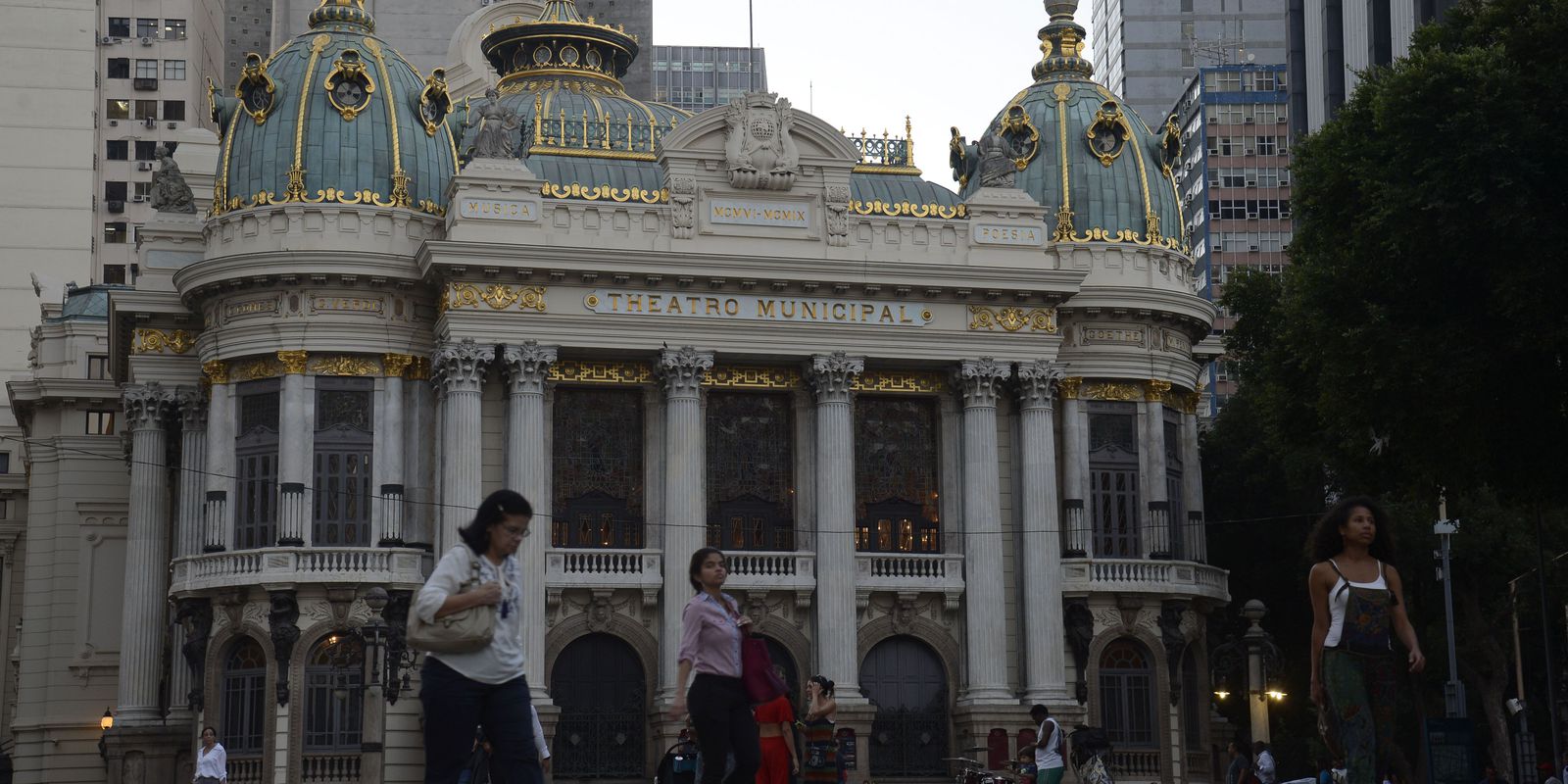The ballet Macunaíma premieres today (22), at 7 pm, at the Theatro Municipal do Rio de Janeiro, located in the central region of the state capital. Based on the eponymous book by Mário de Andrade, the work is part of the centenary celebration calendar of the 1922 Modern Art Week and is classified as 14 years old.
The opening session is aimed at public schools. “We are going to take some public schools to watch, children and young people to have contact with the Municipal Theater and with this unprecedented work that marks the 100th anniversary of the Modern Art Week”, said Tamoio Athaíde Marcondes, president of the National Arts Foundation (Funarte ). On the 23rd and 24th, there will be sessions at 19:00 for the public and on Sunday (25th), at 17:00. Tickets are priced from R$20 to R$80 and can be purchased at the theater box office.
Rehearsals started in June. There are almost 50 dancers working on the hour-long multimedia show, with image and photography direction by Igor Correa and artistic supervision by Hélio Bejani and Jorge Texeira. Carlos Laerte’s choreographic design deconstructs the bodies of classical dancers and brings the contemporaneity of Brazilian dance. The soundtrack was specially composed for the work by composer Ronaldo Miranda, and will be performed during the show by the Symphony Orchestra and the Municipal Theater ballet, with choreography by Carlos Laerte.
The result of a partnership between Funarte and the Federal University of Rio de Janeiro (UFRJ), the ballet was created within the Arte de Toda Gente program, conceived by conductor André Cardoso, coordinator of the National System of Social Orchestras (Sinos) project, which integrates the program together with the projects Bossa Criativa and Um Novo Olhar (UNO).
Emancipation
Marcondes stressed that this year Brazil has very relevant celebrations: the bicentennial of Independence, which marks the country’s emancipation, and the 100th anniversary of the Modern Art Week, which celebrates artistic emancipation, with all the icons that are part of this Week of 1922, like the maestro Villa-Lobos, the writers Mário de Andrade and Manuel Bandeira, and the painter Di Cavalcanti”.
The president of Funarte also says that the Macunaíma ballet has some peculiarities in relation to the entity, which works very strongly with integrated arts. “This ballet, specifically, is brilliant because it is a combination of a series of languages: the orchestra, with the language of music; the dramaturgy itself, with staging of the ballet corps dance; the visual arts”. Marcondes drew attention to the visual effects that ballet presents, with the transition from what is real, which are the dancers on stage, to what is being transmitted on screen.
In addition, the work presents something that Funarte has been working on for the last two years, which is urban art. The scenography, for example, uses mirrors and was developed by artists from the Museu do Grafite. Also in the scenery and costumes, the artistic standard of sustainability stands out, in which Funarte has invested through the Rouanet Law. It also makes up the scenario of recycled material by Coletivo Trouxinha, from UFRJ.
The costume is all made with elements of sustainability and reuse of material, and makes a reinterpretation of the TMRJ collection, with modern language, increasingly seeking reuse.
The Macunaíma ballet preserves the peculiarities of the characteristic tones of the works of the great painters at the time of the Week of Modern Art. “Anyone who goes to see it will see Anita Malfati’s yellow, Portinari’s cobalt blue; Ismael Nery’s green; John Graz’s light blue; Di Cavalcanti’s orange; Milton Dacosta’s rose; the red of Tarsila do Amaral. All of this will be present on the scene and will be noticed, praising the artists of the 1922 Art Week”, says Marcondes.
Amazon rainforest
The ballet has one act, four scenes and, as an initial scenario, it features the Amazon Forest, in the region of the Uraricoera River, Macunaíma’s birthplace, where the Tapanhumas Indians live. The narrative is also told through audiovisual language. The dancers act together with images and, in many moments, “enter and exit the screen”.
The president of the Municipal Theater Foundation, Clara Paulino, highlighted the originality of the show, which has the support of the Associação de Amigos do Teatro Municipal and sponsorship of Petrobras. “Macunaíma is one of the highlights of our 2022 artistic season and we are very happy with the expectation of delivering to the population such an important work for national culture, made in a format never seen before that will certainly generate an impact on the audience present. ”









